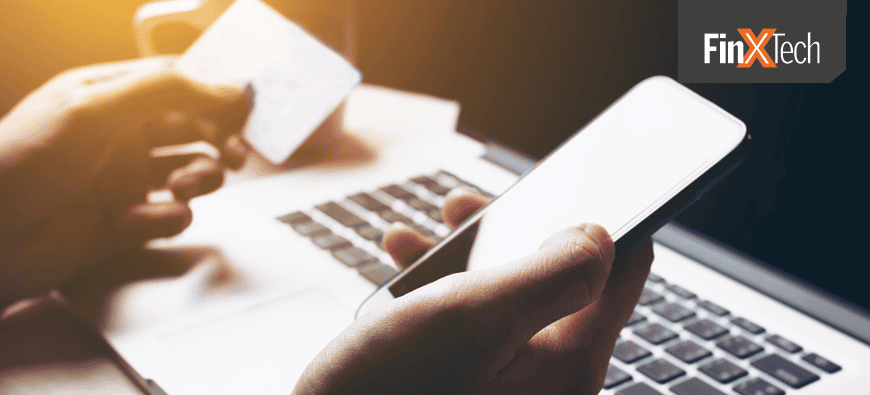
How Digital Tools Can Create Consumer Confidence
Brought to you by OnDot

The coronavirus’ challenges offer banks an opportunity to reassure shaken consumers and help them reestablish a sense of control.
Consumers are concerned about protecting the health of themselves and their families and, increasingly, the impact Covid-19 could have on their financial well-being. Unemployment is at its highest level since the Great Depression; approximately 50 million U.S. workers have filed for unemployment since March. One survey found that 38% of individuals report checking their account balances more frequently than before the pandemic – a clear sign of anxiety around finances.
Banks are uniquely situated, as already-trusted partners, to provide the peace of mind and assurances that consumers desperately seek during these anxious times. Consumers will build loyalty toward those institutions that help them feel aware and in control of what’s happening with their money, even in virtual spaces.
A few ways that banks can increase confidence as consumers increasingly rely on digital payments include transaction alerts, increasing contactless payment limits and giving spending insights, including recurring transactions.
Alerts and insights help consumers feel more in control of their financial situation. Consumers have shifted their spend toward debit cards and checking accounts as they seek to limit accidental overspending and avoid debt. Monthly insights can give them a quick view of their spending by merchant type and location. Making it easy to see where card data is stored online, and with which merchants, allows consumer to review their recurring transactions and easily remove cards from accounts and merchants they are no longer using.
Increased credit limits help consumers feel like they have more options for safe and contactless payments. With rising infections, lockdown and social distancing causing a drop-off in travel, social events and eating out, online commerce and contactless transactions are increasingly replacing cash transactions.
While Covid-19 accelerated the uptick in the use of these digital payment methods, many Americans may continue these new habits post-pandemic. As many consumers remain reticent to venturing out of their homes for errands, visits to branches for service requests have migrated to bank contact centers. To manage this increase in the number of requests to call centers, banks should encourage consumers to handle everyday requests themselves through online and mobile self-service tools. Doing so will allow phone support to prioritize in-depth items that require personal support.
For example, providing precise and detailed transaction information to consumers on their mobile apps will reduce the numbers of queries and false disputes raised with contact center staff through misunderstandings or confusing transaction details. Other digital capabilities that banks can offer range from simple card controls – like turning a card on and off, or resetting a PIN – to more advanced features, such as disputing a transaction or applying for a new account.
Consumers now tend to expect similar easy-to-use experiences across all of their apps. With tech companies like Amazon.com and Google setting the bar high, it is essential that financial institutions also offer robust features and intuitive design. The past six months have brought with them a dramatic acceleration in digital payments, and financial institutions should grasp the opportunities to continue to be the trusted and reliable pillar on which their account holders lean.


